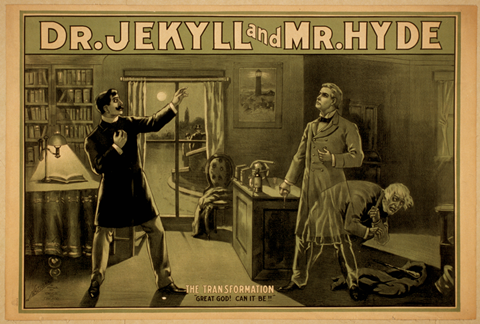Nearly 20 million people die every year from cardiovascular diseases, the leading cause of death worldwide. Genetic and environmental factors influence a person’s risk of disease and severity, but microbes likely also play a critical role, particularly in the development of coronary artery disease (CAD). Recent studies suggest the gut microbiota contributes to the progression of CAD through diverse pathways, but the specific contributions of bacteria remain mostly unknown.

But scientists are making headway. This week in mSystems, researchers in Seoul report on gut microbes and mechanisms associated with CAD.
READ MORE: Dietary shift after migration increases cardiovascular risk by altering the gut microbiome
READ MORE: A gut microbiota metabolite linked to atherosclerosis could revolutionize diagnosis and treatment
“We’ve gone beyond identifying ‘which bacteria live there’ to uncovering what they actually do in the heart-gut connection,” said Han-Na Kim, Ph.D., a genomicist at the Samsung Advanced Institute for Health Sciences and Technology at Sungkyunkwan University in Seoul, who led the study.
Fecal samples
The researchers compared fecal samples from 14 people with CAD to samples from 28 healthy people using metagenomic sequencing, which reveals all the DNA in a sample and can be used to reconstruct the genomes of individual microbes. Using this method of genomic reconstruction, Kim and her collaborators identified 15 bacterial species associated with CAD, as well as pathways that connect the gut microbes to disease progression.
“Our high-resolution metagenomic map shows a dramatic functional shift toward inflammation and metabolic imbalance, a loss of protective short-chain fatty acid producers, such as Faecalibacterium prausnitzii, and an overactivation of pathways, such as the urea cycle, linked to disease severity,” Kim said.
Jekyll and Hyde microbes
Notably, the genome-level analysis also suggested that strains of friendly bacteria can turn harmful. Microbes usually categorized as being beneficial to human health, including Akkermansia muciniphila and F. prausnitzii, can have different functional roles depending on whether they came from healthy or diseased guts, said Kim.
The study also revealed the complexity of trying to connect microbes to disease progression. Previous studies have found reduced levels of some species of Lachnospiraceae connected to CAD, for example, but the new study found higher levels of other types.
Lachnospiraceae, said Kim, “may be the Dr. Jekyll and Mr. Hyde of the gut.” Some species of the bacteria are depleted in people and others surge in people with CAD. “The big unanswered question now is which strains are the healers, and which are the troublemakers.”
Mapping pathways
The next step, Kim said, is to integrate these microbial signals with genetic and metabolomic data to more precisely map causal pathways in heart disease. Their larger goal is to design precision-based interventions that can translate microbial information into tools and strategies for preventing cardiovascular disease.
Prevention, Kim said, is the most promising frontier for reducing the global burden of heart disease. Microbial therapies could help—shaping the design of stool-based screening, for example, or through nutritional interventions that restore helpful bacteria or block harmful pathways.







No comments yet